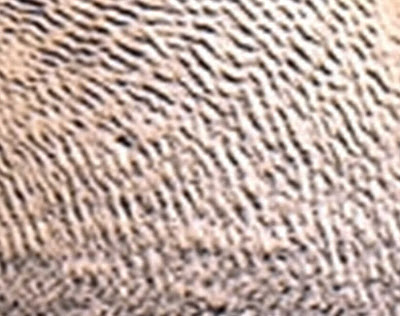 Like something from a horror movie, the Swarm ripples purposefully toward its prey, devours it and moves on.
Like something from a horror movie, the Swarm ripples purposefully toward its prey, devours it and moves on.
Researcher John Kirby, an associate professor at the University of Iowa ,has coined the term PREDATAXIS to describe the modus operandi of colonial predator Myxococcus xanthus when its/their prey is detected.
The following is a attempt to summarize and simultaneously speculate upon Kirby's findings published online Oct. 24 in Proceedings of the National Academy of Sciences, And to do it in a way suitable for speculative fictionists to contemplate and, one hopes, speculate on. So forgive my trespasses, JK.
BattleField Xanth.
When a M. Xanthus aggregate of thousands of individuals begins attacking an unsuspecting prey colony, it creates a rippling pattern in its own ranks.
As the Swarm moves into the colony and through the prey, this rippling pattern - the organized behavior of thousands of Xanthics working in concert - lets them kill and engulf the hapless colonials with ease.
Individual Xanthics move and attack by shooting rope-like projections called pili from both ends. These pili attach to prey or other surfaces, letting them pull themselves forward and backward in a "spiderman" type motion.
This motion of millions of individual predators at once results in an alternating pattern of high and low Xanthic densities, like crests and troughs of waves.

The overall motion of the wave across millions of Xanthics is directed implacably toward the prey.
At high prey density, M. xanthus forms ripples with shorter wavelengths. As prey are slain, the ripple wavelength gets longer.
Eventually, there is no more prey. The rippling behavior dissipates for lack of targets. The Xanthics separate, going each their own way, until the next Call.
Likely a sophisticated quorum sensing process is involved in coordinating all those predators in their deadly line dances. Like bioBorgs.

No comments:
Post a Comment